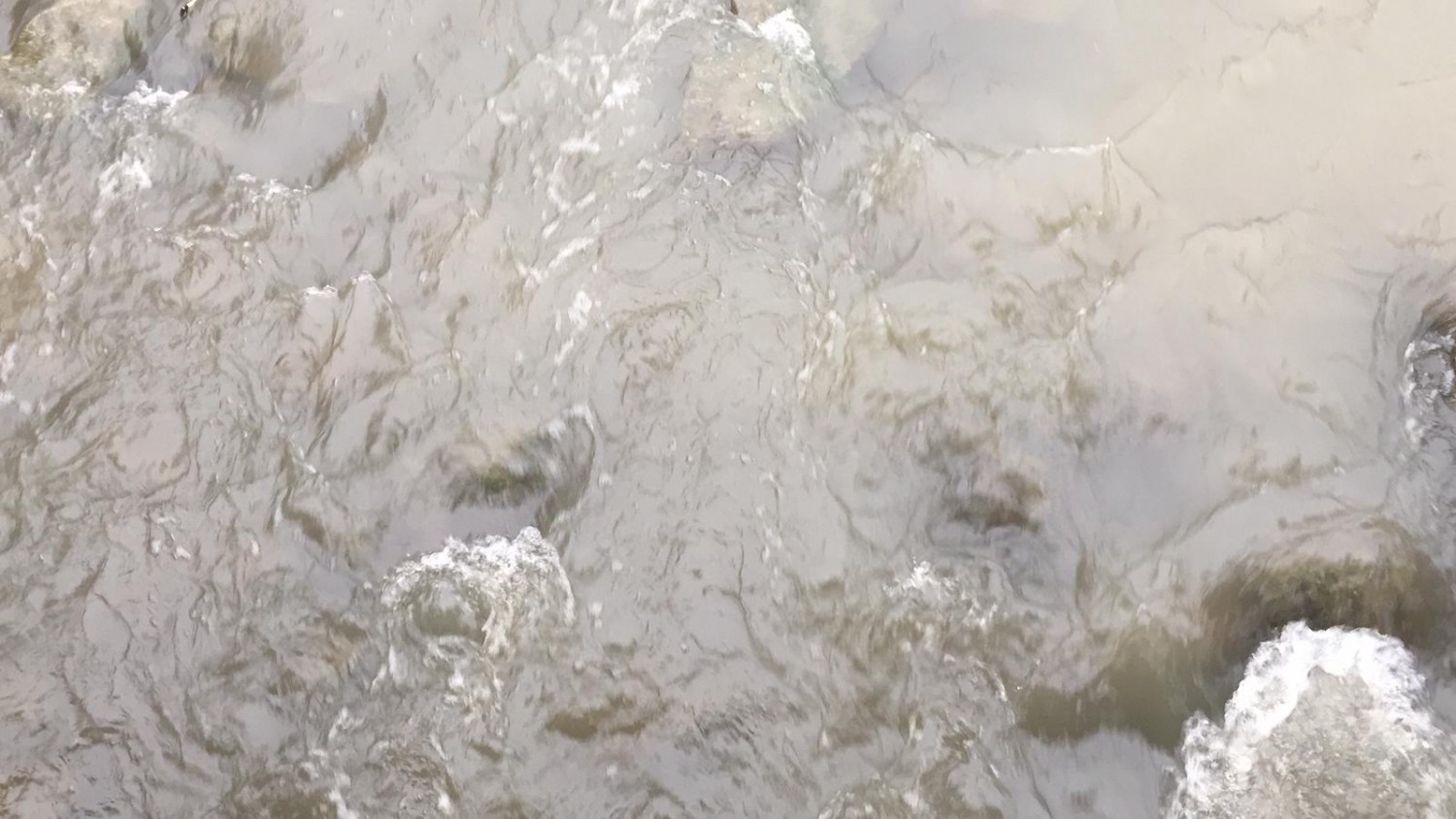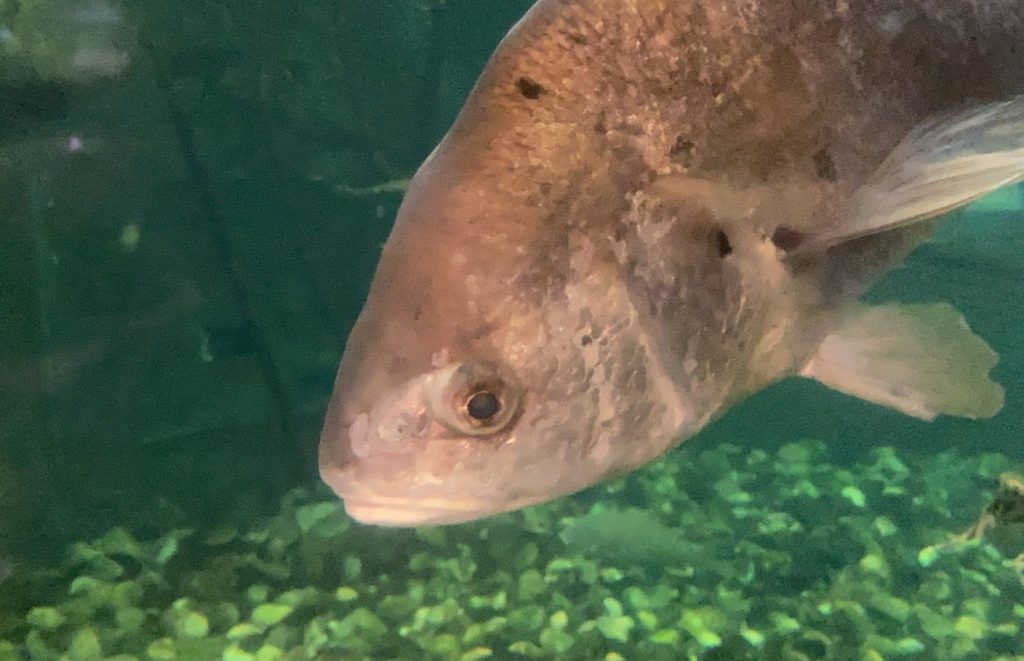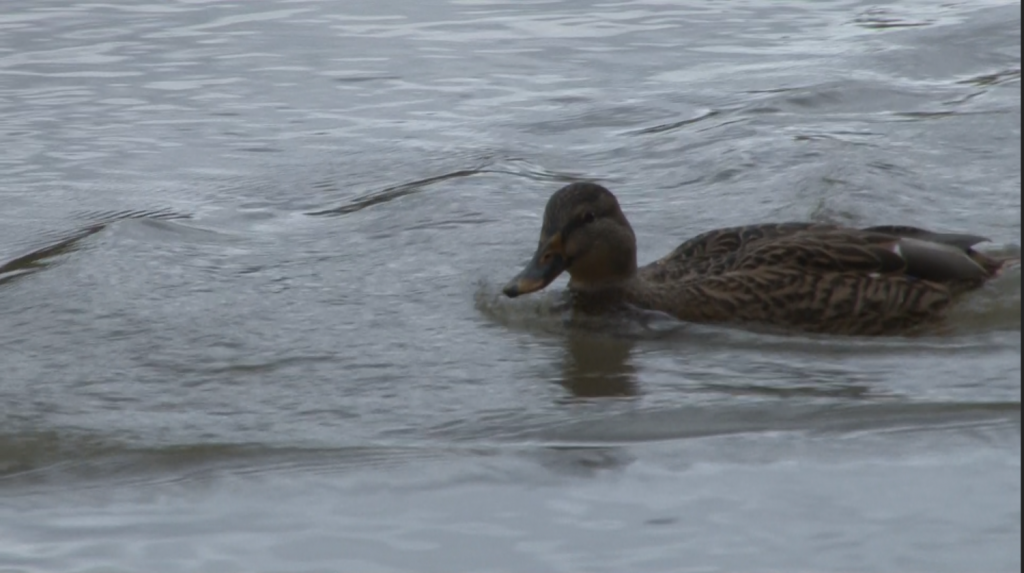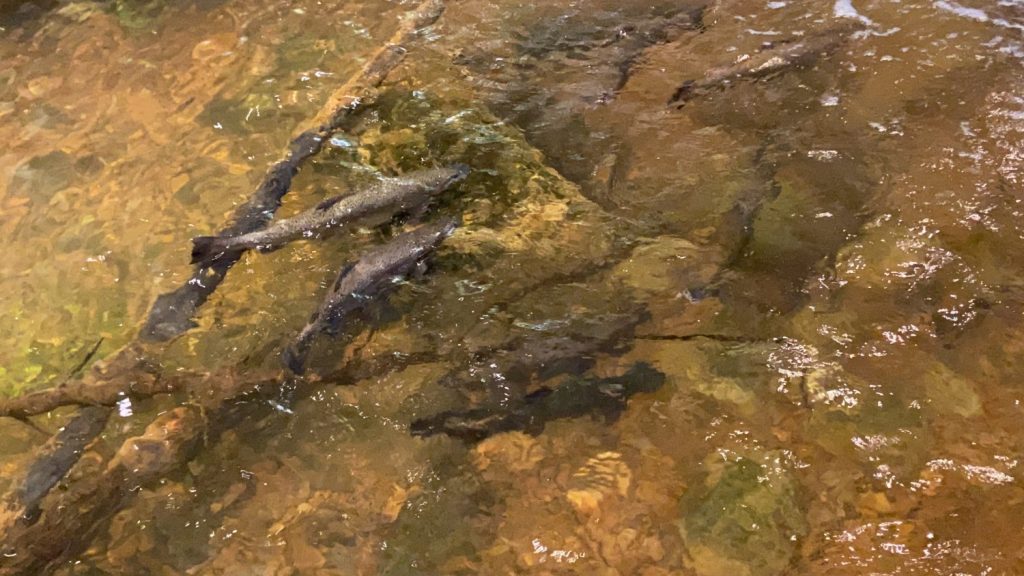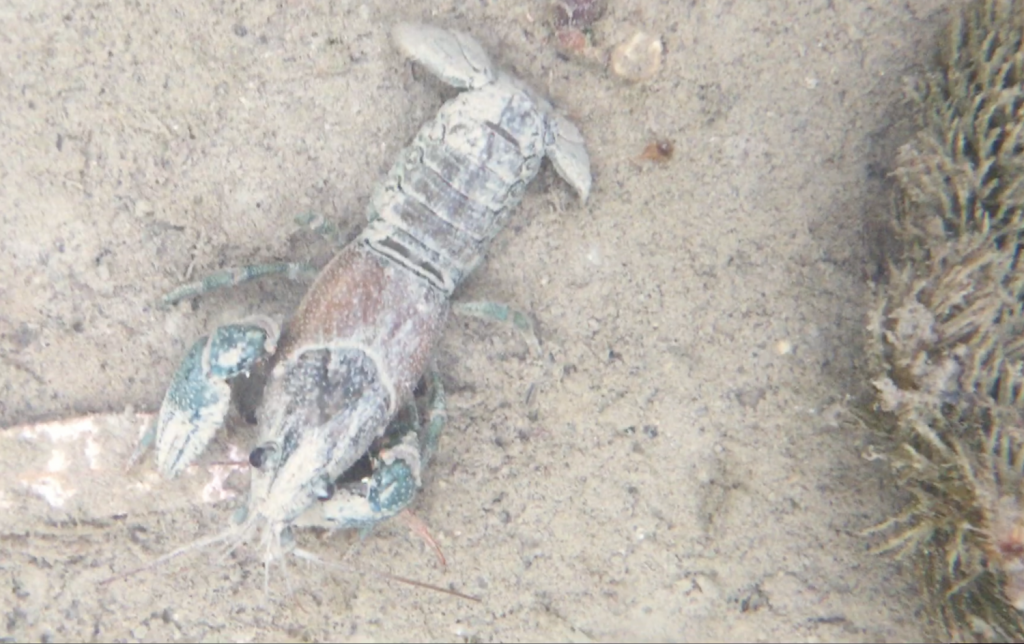The Stuff We Flush Away: A Water Sanitation Story
By Ben Formosa
Most people hardly notice or care about what they flush away. Everyone at some point or another has flushed away something they didn’t want to throw out and hardly thought about it after. From condoms and old perfume to expired medication, everything we flush down our drains creates a ripple affect.
Dumping down the drain, whether it is the toilet, sink, or your local storm drain, is detrimental to your community’s local watersheds (nearby bodies of water to where you’re dumping), your public water sanitation, your personal water bill and your own plumping as well. From food to soap, anything that gets flushed down the drain that isn’t human waste is either clogging pipes, damaging sewage machinery, or entering the environment and harming wildlife.
Environmental Affects
Click to learn about the environmental affects of dumping down the drain
Public Water Sanitation
Click to learn about how dumping down the drain hurts your public water sanitation
Water Facts 101
Toronto has a water sanitation problem. A report from the CBC in 2017 found that, “the E. coli count in the Toronto harbour is the highest its ever been,”with water samples collected at Bathurst Quay that failed to meet E. coli bacteria standards set by the province 78 per cent of the time.
Common Items at Home You Should NEVER Flush Away

The City of Toronto reports on any and all sewage bypasses that occur from the sewage treatment plants. Every single occurrence of sewage overflow, as listed by city officials, has been caused by “excessive stormwater flow.” In mid-April 2018, the Ashbridges Bay treatment plant reported an overflow of 729,819 cubic meters of untreated sewage that spilled into Lake Ontario. The next year (2019) during the same period of time in April, the Ashbridges Bay plant reported over 200,000 cubic meters of raw sewage that flooding into Lake Ontario from stromwater.
Storm Drains
How Most Pollution Enters Nature
The photo is of a storm drain. You probably have seen storm drains countless times. While being useful for directing rainwater into streams and rivers, storm drains DO NOT filter anything that goes in them. There purpose is simply to redirect water away from sidewalks and private property. When you pour something down a storm drain you are directly pouring it into the local body of water.
Sewage may even flow out of storm drains if the sanitation system gets clogged, clogging and blockages that occur in these scenarios are usually a result of flood from rain or too much non-human-waste material building up in the sewers and treatment plants.
How Washing Your Car At Home Hurts The Environment
In July 2013, massive amounts of rain fell on Toronto, overwhelmed city infrastructure, and knocked out power to at least one wastewater treatment plant. The city released more than 1-billion litres of raw sewage into Lake Ontario in a single day. To combat this, legislators have been working on new infrastructure to help store excess sewage and rainwater during times of flooding. In June of 2019, the federal government announced it would contribute $73.2 million to the building of a new storm sewer system in Toronto, the city is contributing $133.49 million. While this is a great step in the right direction for public and environmental health, citizens can help expedite this process by not dumping down their private and local drains. The dumping of various items and materials clog sewage treatment plants increasing the likelihood of a sewage floods and backups. Along with that, many of the chemical compounds in these various items can bypass sewage treatment techniques unchanged and wreck havoc on aquatic ecosystems and the animals that depend on them.
Meet The Canadian Wildlife at Risk
How Can You Make A Difference?
Spread The Word
Inform Your Friends
Share this page with your friends, family and anyone else who may be dumping down the drain, the environment needs us to!

